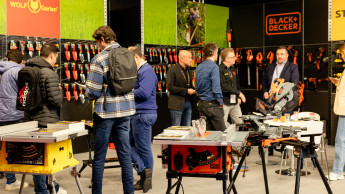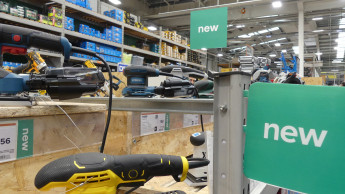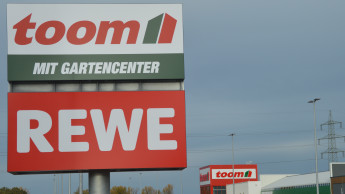The sector goes astray
The expectation is that the current year, 2006, will bring a growth rate of 4.1 per cent for the sector and 8.3 per cent for the DIY chains. This growth stems from a rising number of new openings, and from the expansion of product assortments, sometimes to include foreign categories such as Christmas decorations, pet food and even domestic appliances. Added to this is the fact that more and more previously independent retailers are becoming members of a DIY retail group.
“The astonishing fact is that the threat to the DIY companies is tending to come more from the domestic mass-marketing operators than from foreign DIY groups. The Carrefours and discounters like Aldi and Lidl are moving more and more into non-food terrain and stirring up the market,” says Erwin Van Osta, managing director of the second-largest Belgian group, Hubo, which has 78 outlets and sales of € 300 mio. “Hubo had a certain Black & Decker lawnmower on offer at the lowest sales price in the market. That is, until Carrefour undercut this price with an extremely aggressive campaign.” Nor is it wise to underestimate Aldi and Lidl, because of their purchasing power and customer proximity.
Impetus for growth
So what are the DIY retailers – chains and independents – doing to ensure their continued growth? They are expanding and optimising their ranges, extending their locations and investing in extra advertising.
The expansion of the product ranges is linked with the trend towards “wellness” lines (such as large “rain” shower heads), garden accessories (lighting, ponds, swimming pools) and special décor articles for Easter, Whitsun and Mothers’ or Fathers’ Day.
It is also linked directly or indirectly with the trend to ever larger retail areas: more space is needed in order to be able to present more products.
And the extra advertising efforts are also connected to the expansion of the product ranges. The retail groups’marketing activities are very intensive and make use of all the media: TV, radio, and flyers…

 Menü
Menü














 Newsletter
Newsletter